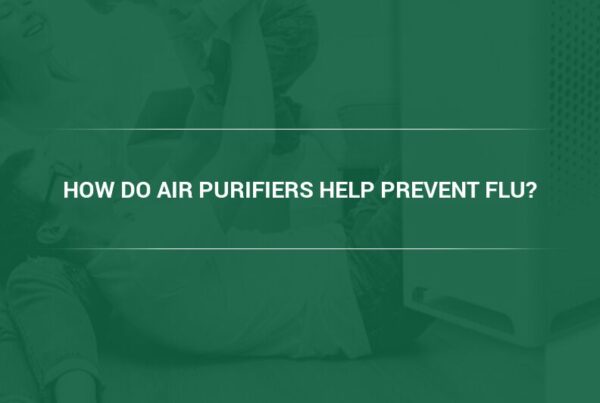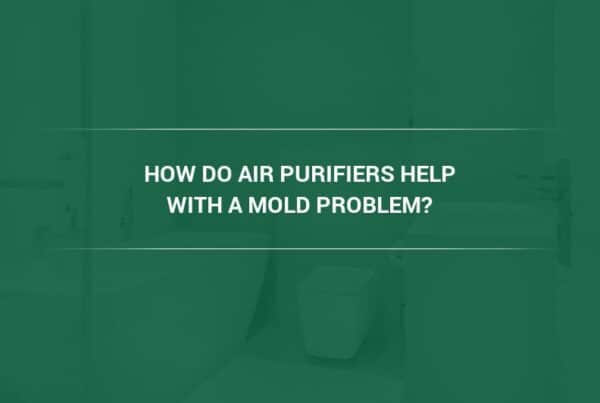Don’t be fooled by inferior products that offer a lower initial price but cost you more in the long run
When choosing an air filter, it is important to look beyond the initial cost of the filter itself, and consider all the associated costs involved with the use of a particular filter over its lifetime. Factors such as effect on energy consumption, performance loss over time, labor costs for installation and removal, and even disposal costs, all combine to make up what is known as the total cost of ownership, or TCO. The total cost of ownership is a financial estimate that allows buyers and owners to determine both the direct and indirect costs associated with a product or system.
As a simplified example, let’s look at two hypothetical air filter products, Product A with a price of $100 and Product B with a price of $50. At first look Product B seems to be the more economical choice. Now let’s say that after reading the literature for both products we discover that Product A can be used for an entire year with no loss of performance, while product B must be replaced every 4 months in order to maintain peak performance levels. If we compare both products over the course of a year, Product A will still cost $100, but the cost of Product B jumps to $150 because of the need for replacements. When we look at the total cost of ownership for each product over a year, we can see that our initial comparison was incorrect and Product A is now the more economical choice.
Small Variations Can Mean Big Costs
In an average commercial building, 50% of the energy costs come from the HVAC system, with about 30% of that directly related to the air filtration systems. When you’re talking about systems that use 10, 20, or even more filters to clean the air, what might seem like slight differences in initial purchase or operating costs can multiply quickly into significant dollar amounts. Some of Camfil’s industrial clients have actually reported savings in the six figure range by simply changing the filter products they use.
Low cost filters typically clog faster, causing a rise in operating costs as the HVAC system is forced to consume more energy to push the same amount of air through the system. Camfil filters maintain their efficiency, capturing particles and allowing proper airflow, two to three times longer than low cost filters. In addition to lower energy consumption overall, this means fewer filter changes which translates to fewer filters, less labor and reduced waste. All of these factors reduce operating costs even further.
Camfil Software Makes it Easy to See
Camfil’s LCC Green Software can be used to calculate the total cost of ownership for different filters under various conditions, using real life data. The LCC Green Software is a powerful software modeling tool that identifies the most effective filter strategy for every operating condition based on TCO, which includes the cost of filters, energy, labor, carbon footprint and waste disposal. It also indicates the ideal pressure drop at which change-out is recommended to minimize energy use, and maximize the filter life.
To illustrate both the benefits of the software and the difference in costs associated with only a slight variation in filter performance, here is an example comparison of two MERV-13 filters which would typically be used in an industrialized urban area. For simplicity, we are only looking at the energy costs associated with using both filters.
| Example 1 | Example 2 | |
| Initial Pressure Drop (inches w.g.) | 0.42 | 0.50 |
| Average Pressure Drop (inches w.g.) | 0.64 | 0.78 |
| Filters. Labor. Disposal. Cleaning. | $67.10 | $67.10 |
| Energy Cost | $128.10 | $153.72 |
In both examples, annual costs were calculated assuming an HVAC system with 4000 hours of operation at an airflow rate of 2000 cubic feet per minute. With just a slight variation in the pressure drop created by the two filters, the difference in energy consumption is $25.62 per filter, per year.
As you can see, in a system with 10 or 20 filters, the difference in the cost of energy alone becomes significant. Adding in other possible factors such as more frequent filter changes or necessary cleaning of the HVAC system will raise the TCO of lower quality filters even higher.
Look at the Big Picture
Don’t be fooled by inferior products that offer a lower initial price but cost you more in the long run. When it’s time to make your next air filter purchase, make sure you’re looking at the big picture and taking into account the true total cost of ownership for the products you are considering.
With more than 50 years of experience in the air filtration industry, Camfil products are designed for top of the line performance and maximum efficiency with the lowest total cost of ownership on the market.
Lynne Laake
Camfil USA Air Filters
T: 888.599.6620,
E:Lynne.Laake@camfil.com
F: Friend Camfil USA on Facebook
T: Follow Camfil USA on Twitter



